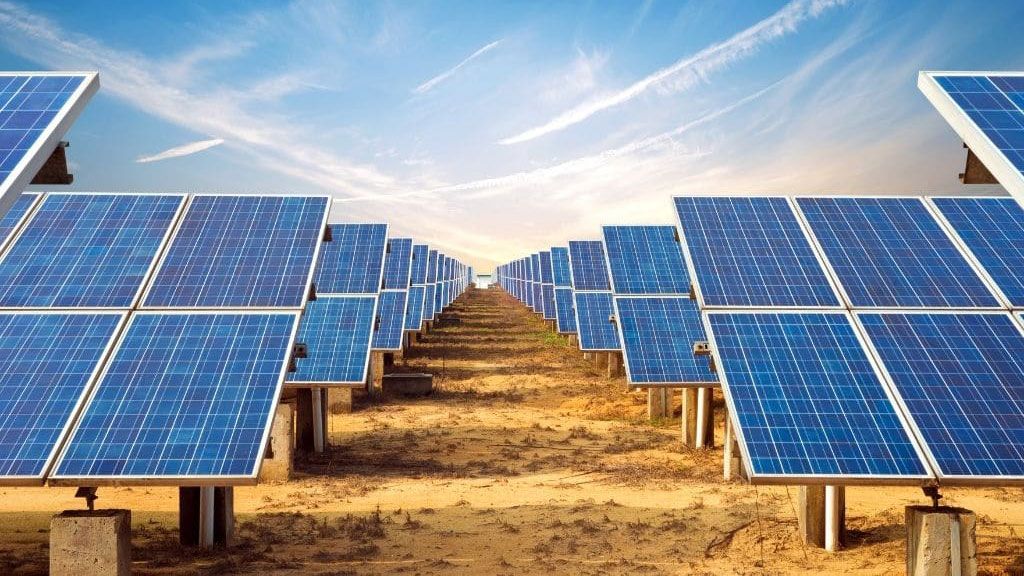
Solar Panels Will Be Great Source Of Green Energy
Solar energy is one of the most abundant and clean sources of renewable energy on the planet. By installing solar panels on rooftops, fields, or deserts, we can harness the power of the sun and convert it into electricity for our homes, businesses, and industries. Solar panels are also becoming cheaper and more efficient over time, making them more accessible and attractive for consumers and investors.
But how do solar panels work and what are their benefits for the environment and society? Here are some facts and figures to help you understand why solar panels will be a great source of green energy in the future.
• Solar panels are made of photovoltaic (PV) cells that absorb photons (light particles) from the sun and generate direct current (DC) electricity. The DC electricity is then converted into alternating current (AC) electricity by an inverter, which can be used to power appliances and devices or fed into the grid.
• Solar panels can reduce greenhouse gas emissions by displacing fossil fuels that are used to generate electricity. According to a study by the International Renewable Energy Agency (IRENA), solar PV could save up to 4.9 gigatons of CO2 emissions per year by 2050.
• Solar panels can also reduce air pollution and water consumption by avoiding the combustion of coal, gas, or oil that produce harmful pollutants such as particulate matter, nitrogen oxides, sulfur dioxide, and mercury. Solar PV also uses much less water than thermal power plants that rely on cooling systems.
• Solar panels can create jobs and boost economic growth by stimulating the demand for installation, maintenance, and manufacturing services. According to IRENA, solar PV could employ up to 18 million people worldwide by 2050.
• Solar panels can enhance energy security and resilience by diversifying the energy mix and reducing dependence on imported fuels. Solar PV can also provide reliable and affordable electricity to remote and rural areas that lack access to the grid or face frequent power outages.
However, solar panels also face some challenges and limitations that need to be addressed to ensure their sustainability and scalability. Here are some of the main issues and solutions that are being explored:
• Solar panels depend on the availability and intensity of sunlight, which varies according to the time of day, season, weather, and location. This means that solar PV cannot provide constant and predictable electricity supply without adequate storage or backup systems.
• Solar panels require a lot of land and materials to produce enough electricity to meet the growing demand. This can pose environmental and social impacts such as habitat loss, land use conflicts, resource depletion, and waste generation.
• Solar panels have a finite lifespan of about 25 to 30 years, after which they need to be replaced or recycled. This creates a challenge for managing the end-of-life of solar modules and recovering the valuable materials they contain.
To overcome these challenges, researchers and innovators are working on developing new technologies and practices that can improve the performance, efficiency, durability, and recyclability of solar panels. Some of the promising solutions include:
• Developing smart grids and battery systems that can store excess solar electricity and balance the supply and demand of renewable energy sources.
• Designing bifacial solar panels that can capture sunlight from both sides and increase their output by up to 30%.
• Using thin-film solar cells that are lighter, cheaper, and more flexible than conventional silicon-based cells.
• Recycling solar panels using advanced methods that can recover up to 99% of their components and reuse them to make new modules or other products.
Solar panels have a huge potential to transform the way we produce and consume energy in a more sustainable way. By investing in research, innovation, policy, and education, we can ensure that solar PV becomes a key driver of the green energy transition in the coming years.
